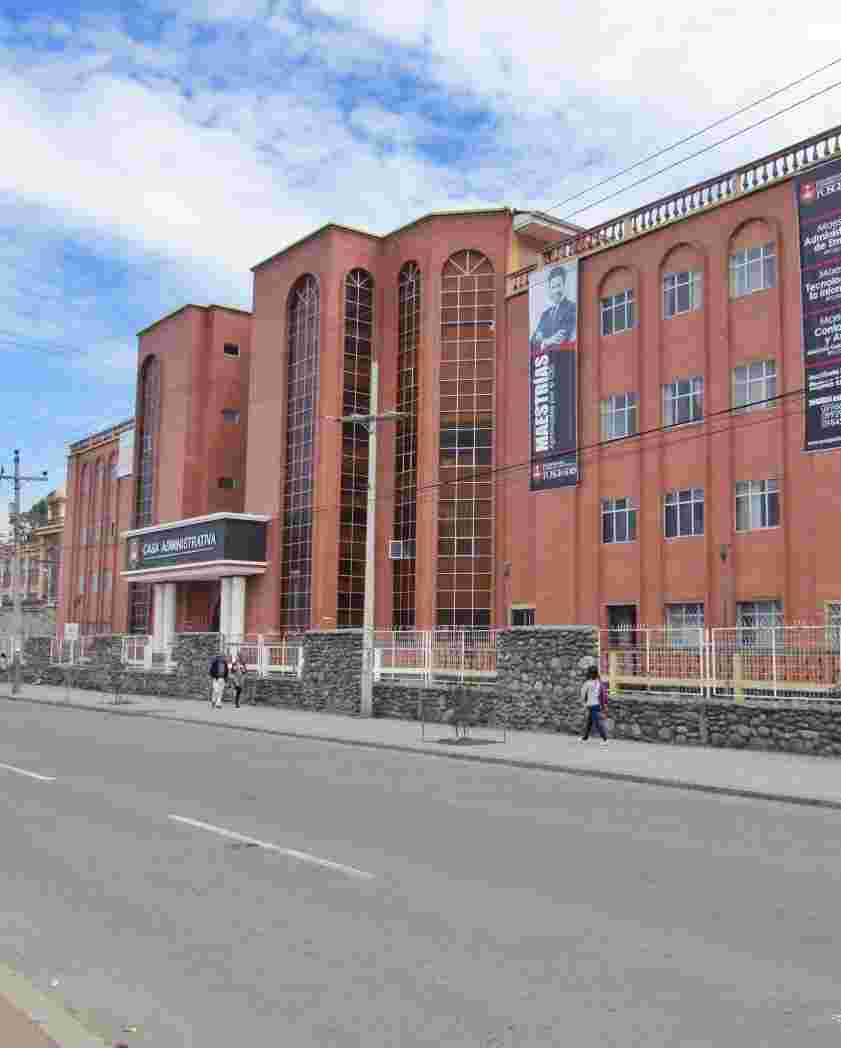Examinando por Autor "Morocho Suconota, Juan Pablo"
Mostrando 1 - 1 de 1
- Resultados por página
- Opciones de ordenación
Ítem Acceso Abierto Propuesta de intervención urbana arquitectónica para la Fábrica Pasamanería S.A.(Universidad Católica de Cuenca., 2024) Morocho Suconota, Juan Pablo; Vásquez Ortiz, Kevin Israel; Aguirre Ullauri, María del Cisne; 0107085698; 0106439854The urban expansion in Cuenca (Ecuador) has integrated peripheral facilities that have become immersed in the city. One example is the “Pasamanería S.A.” factory, in the “El Vecino” neighborhood. Its industrial architecture—characterized by sawtooth roofs, large open areas, and disorganized spaces—has generated empty spaces and social problems. The study was based on a bibliographic compilation methodology framed within a socioeconomic, architectural, and historical perspective. At first, it was elaborated by compiling general concepts on industrial architecture and revitalization of urban industrial spaces, followed by an analysis of the socioeconomic impacts resulting from these interventions. In addition, international cases, such as Duah Xi'an in China and Halle Pajol in France, are studied to apply design strategies to the local context of the “Pasamanería S.A.” factory. Altogether, these analyses are supported by a SWOT matrix and a design criteria matrix that provides the foundations for the proposed intervention. Secondly, a historical review of the growth of Cuenca and the “Pasamanería S.A” factory is conducted, and a SWOT analysis of the neighborhood and the factory to identify opportunities and threats. Results from a focus group survey are also incorporated to reflect community perception. The results reveal the importance of creating green spaces, improving urban connectivity, and promoting commercial and recreational use of the industrial site. The final proposal offers a revitalization blueprint that integrates modern design with the original architectural elements, promoting social and economic cohesion within the neighborhood and serving as a replicable model for other deteriorating urban sectors.




